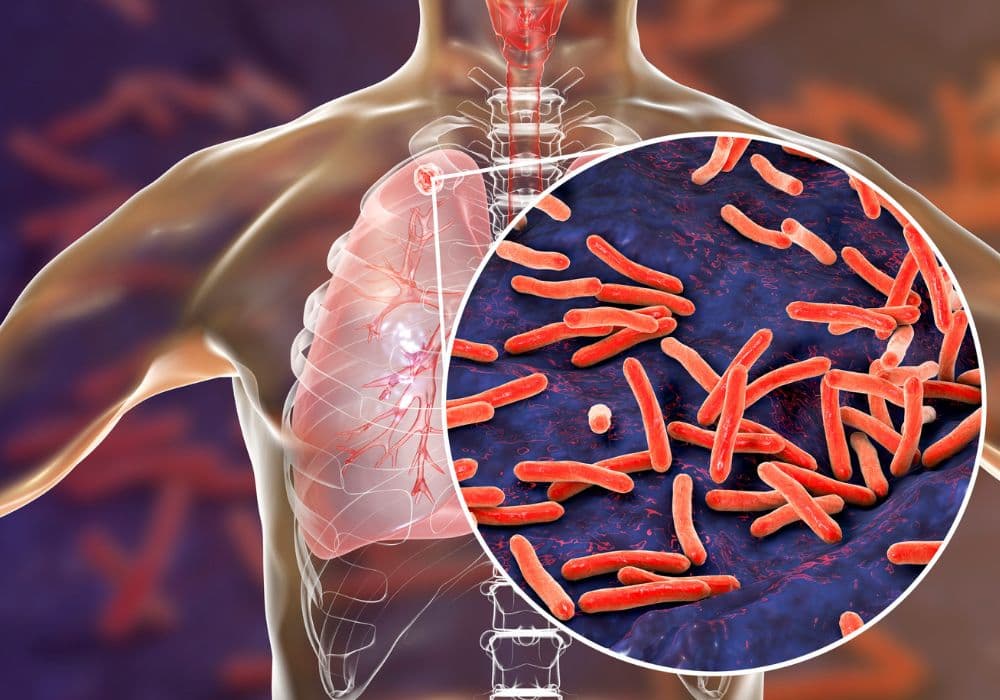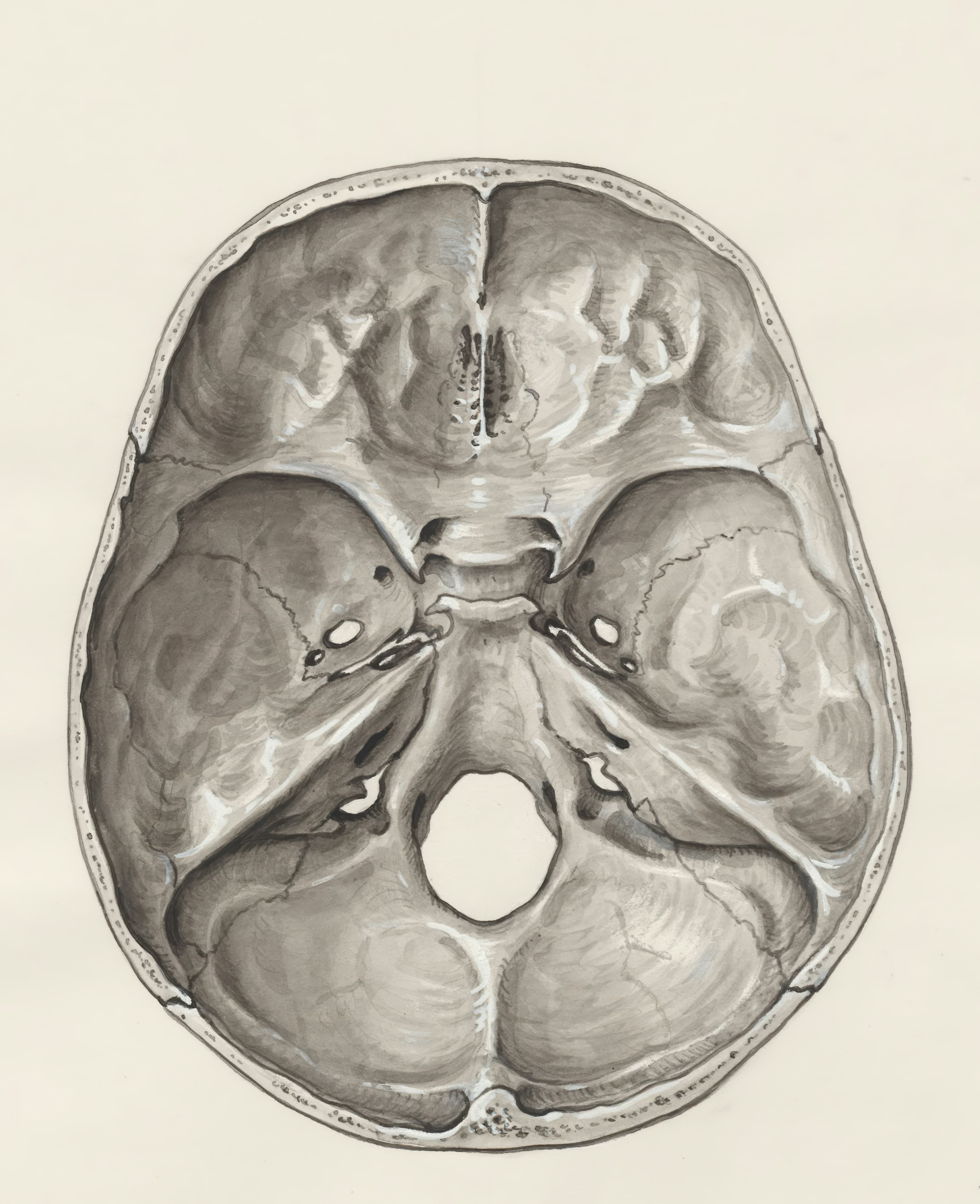Tuberculosis is an infectious disease caused by the bacterium Mycobacterium tuberculosis. It primarily affects the lungs but can also target other parts of the body, such as the kidneys, spine, and brain. TB is transmitted through the air when an infected individual coughs, sneezes, or speaks, releasing tiny droplets containing the bacteria.
The Bacterial Agent: Mycobacterium tuberculosis
Mycobacterium tuberculosis is a slow-growing bacterium that can withstand harsh conditions and survive for extended periods. It has unique characteristics that contribute to its ability to evade the immune system and cause chronic infections. Understanding the behavior of this bacterium is crucial in developing effective diagnostic and treatment strategies.





